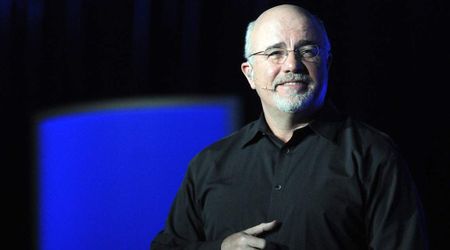Americans Reeling Under Credit Card Debt as Interest Rates Hit Record High: 4 Ways To Avoid Debt

With credit card interest rates reaching record highs (average 20.55%), many debtors find themselves trapped in a cycle of making minimum payments that barely make a dent in their balances. The Covid-19 pandemic has further exacerbated the financial disparities between individuals, with some facing reduced employment and increased financial pressures while others have benefited from lower mortgage rates and government support. As a result, credit card debt has become a significant burden for many Americans, with 28% of respondents in a Northwestern Mutual survey identifying it as their top source of personal debt.

The average credit card debt is $5,733 per person, according to TransUnion, and Americans have set a record for total credit card debt with $986 billion in the last quarter of 2022. Only 50% of credit card holders are paying their credit card bills in full every month while the other half of credit card borrowers are carrying expensive debt that can really add up, per CNBC. In such a challenging environment, it is crucial for debtors to explore strategies to overcome the burden of credit card debt. Here are four tips to help individuals beat the brutal minimum payment cycle.
Opt for zero percent balance transfer offers
One effective strategy is to take advantage of zero percent balance transfer offers. By transferring your credit card balance to a card offering a 0% introductory rate, you can save significantly on interest payments. These offers often last for a period of 12 to 21 months, providing an opportunity to pay down your debt without accruing additional interest, per CNBC. However, it's important to note that these offers typically require good to excellent credit to qualify.

Develop a debt payoff plan
When tackling credit card debt, it's essential to create a structured repayment plan. Two popular methods are the snowball and avalanche approaches. The snowball method involves paying off the smallest debts first while the avalanche method prioritizes balances with the highest interest rates. Financial advisor Alap Patel suggests that individuals should choose the method that aligns with their personal circumstances and is most likely to lead to success, per CNBC. The key is to remain consistent and disciplined in executing the chosen plan.
Seek professional assistance
If your credit history is less than perfect, there are resources available to help you navigate your debt repayment journey. Non-profit credit counseling agencies like Money Management International or GreenPath Financial Wellness can provide guidance and support. These organizations can negotiate with creditors on your behalf and potentially lower your interest rates to as low as 7% to 8% over a period of four to five years. Seeking professional help can provide valuable insights and help you explore alternatives for managing your debt effectively.

Prioritize savings
While it's crucial to focus on paying down credit card balances, it's equally important to prioritize saving. Building an emergency fund with three to six months' worth of expenses is ideal. However, credit card debt holders should aim to have at least two months' worth of expenses as a fallback option during unexpected financial challenges. By having a savings cushion, individuals can avoid relying on credit cards for emergencies and break free from the minimum payment cycle.

Michael Reynolds, a certified financial planner and owner of Elevation Financial thinks that credit card debt is a "chronic issue" because we as a society have become accustomed to using credit for everything, per CBS News. The current inflation and record-high credit card interest rates make it challenging for debtors to escape the burden of their balances. However, by implementing these strategies and remaining determined, disciplined, and committed to personal financial goals, individuals can regain control of their finances and achieve financial freedom.
























